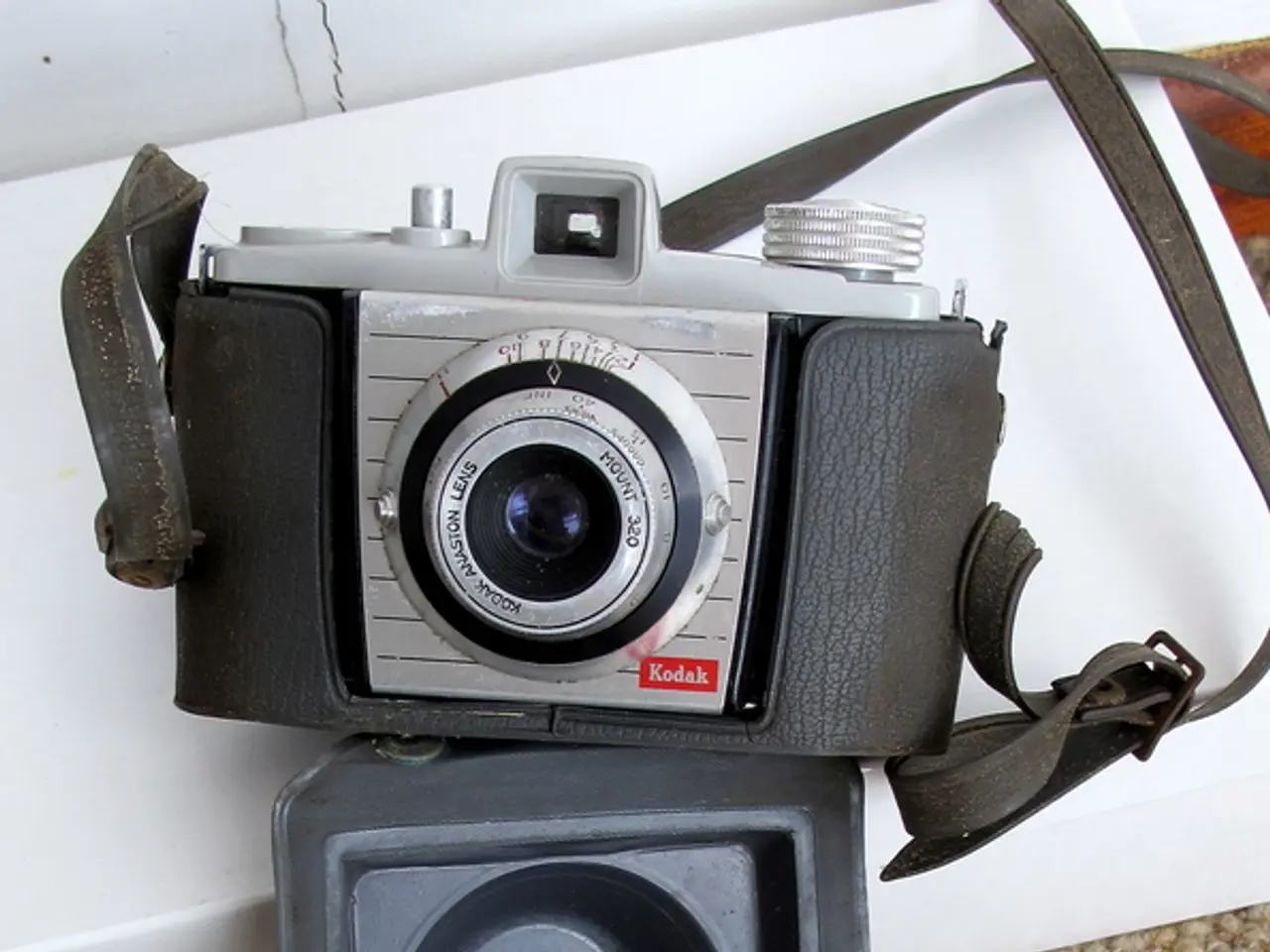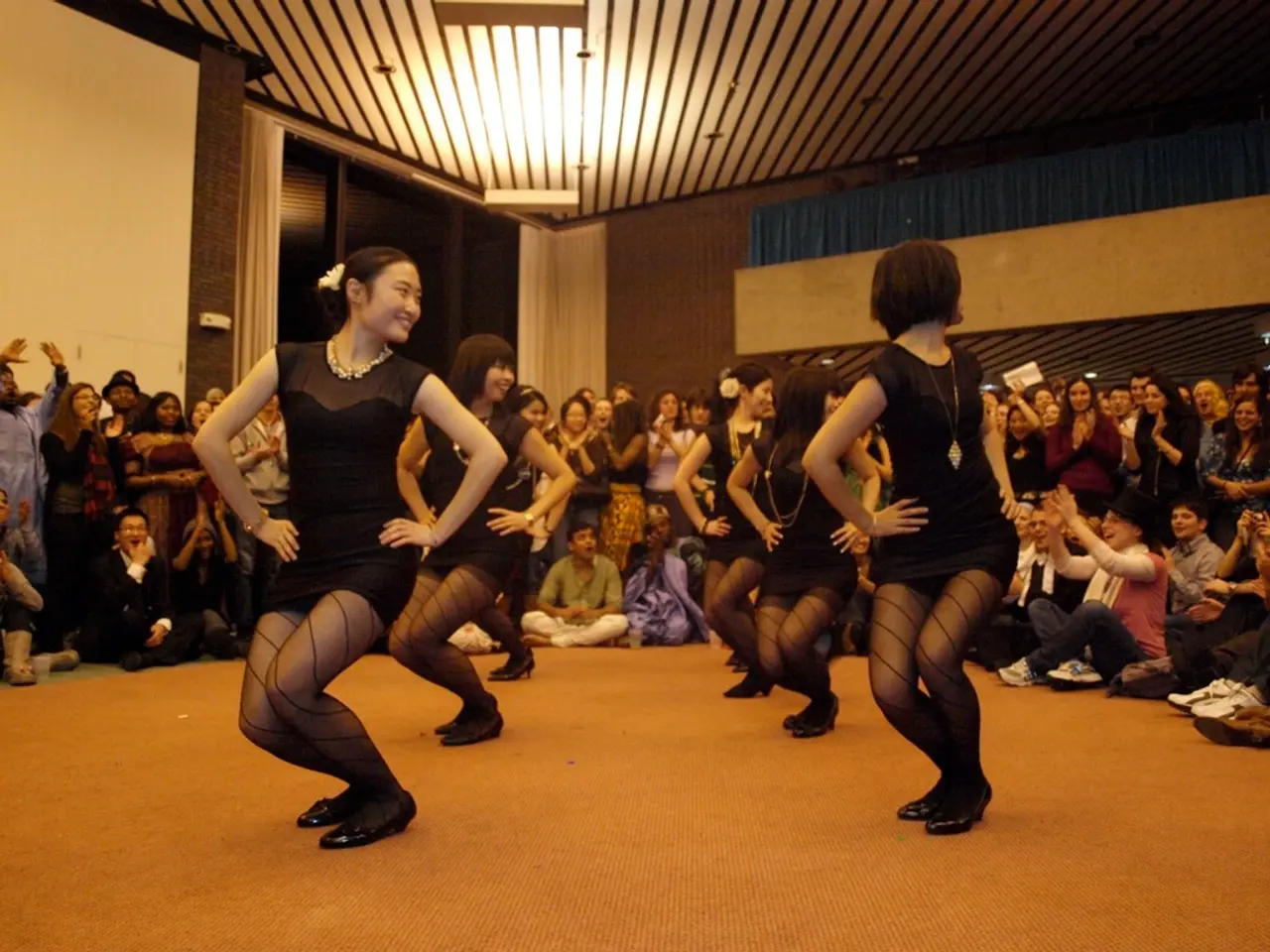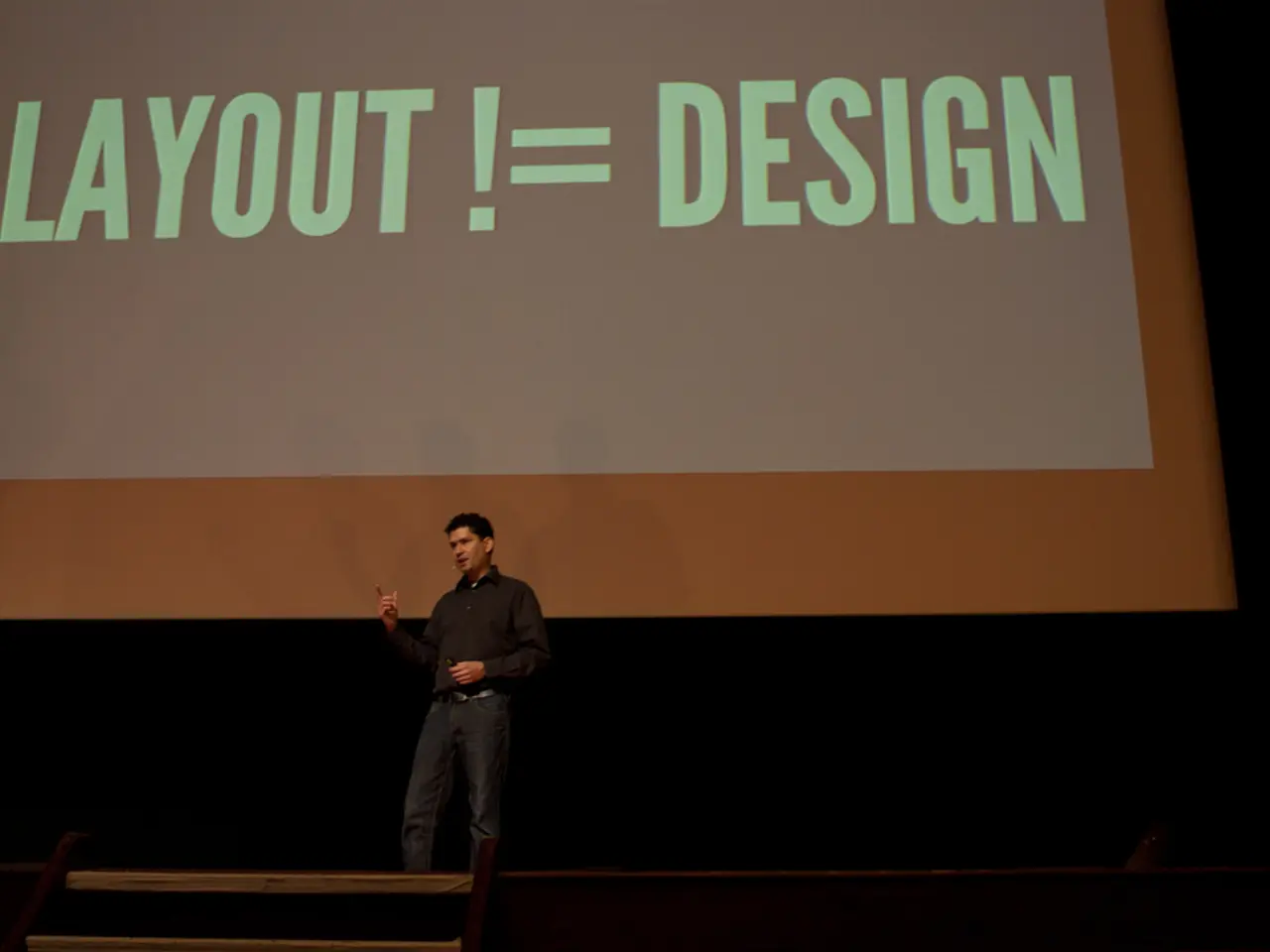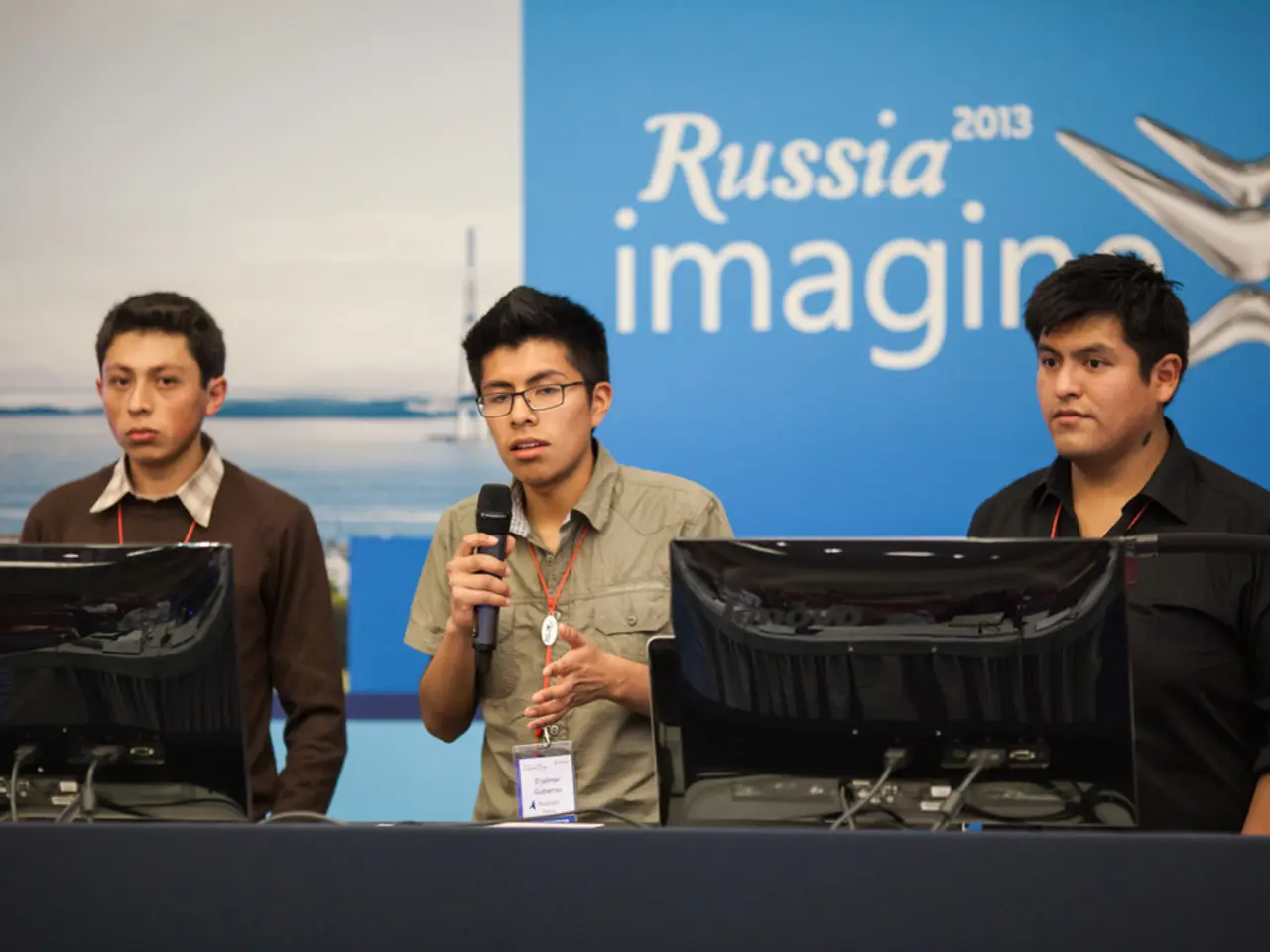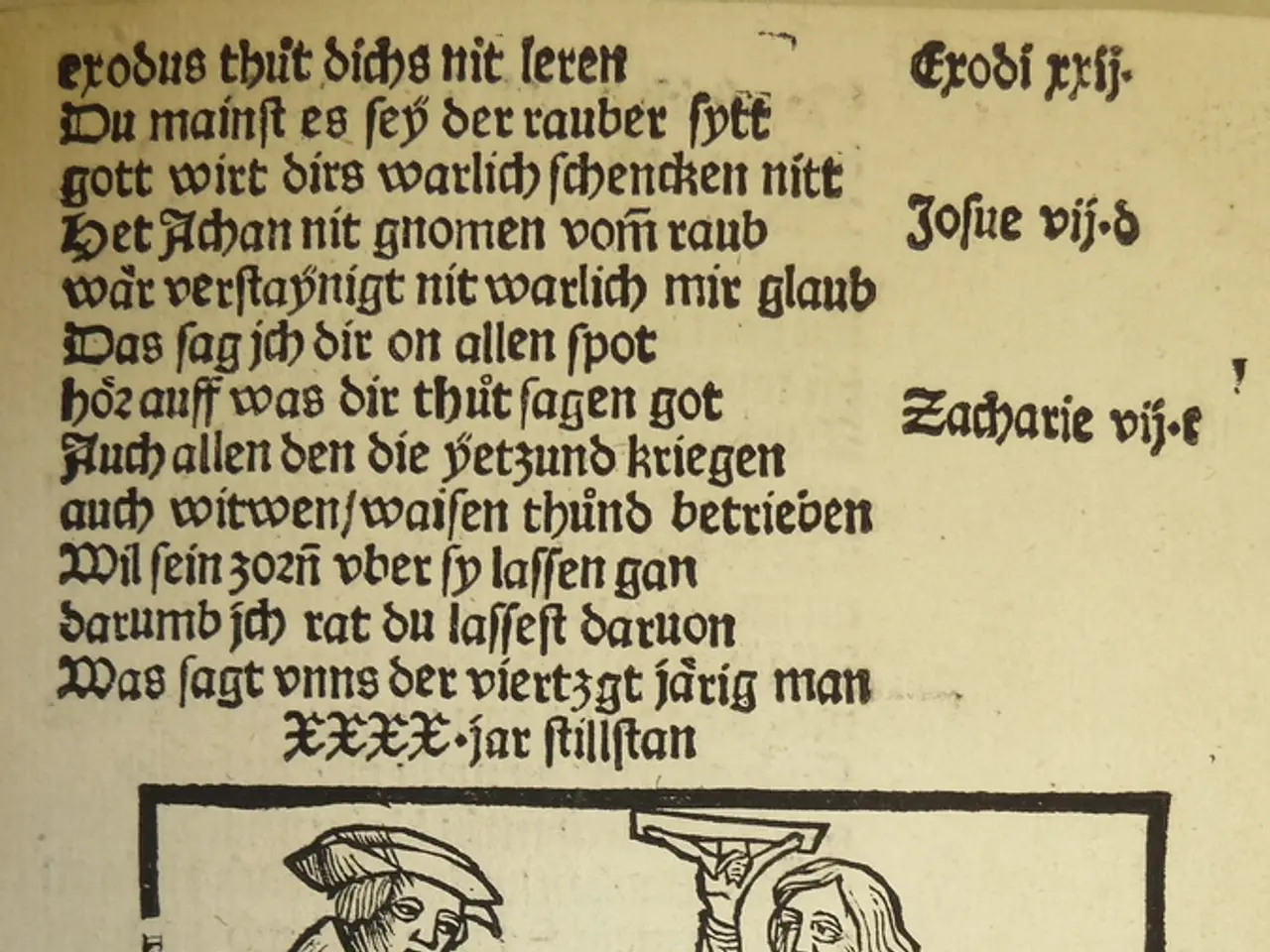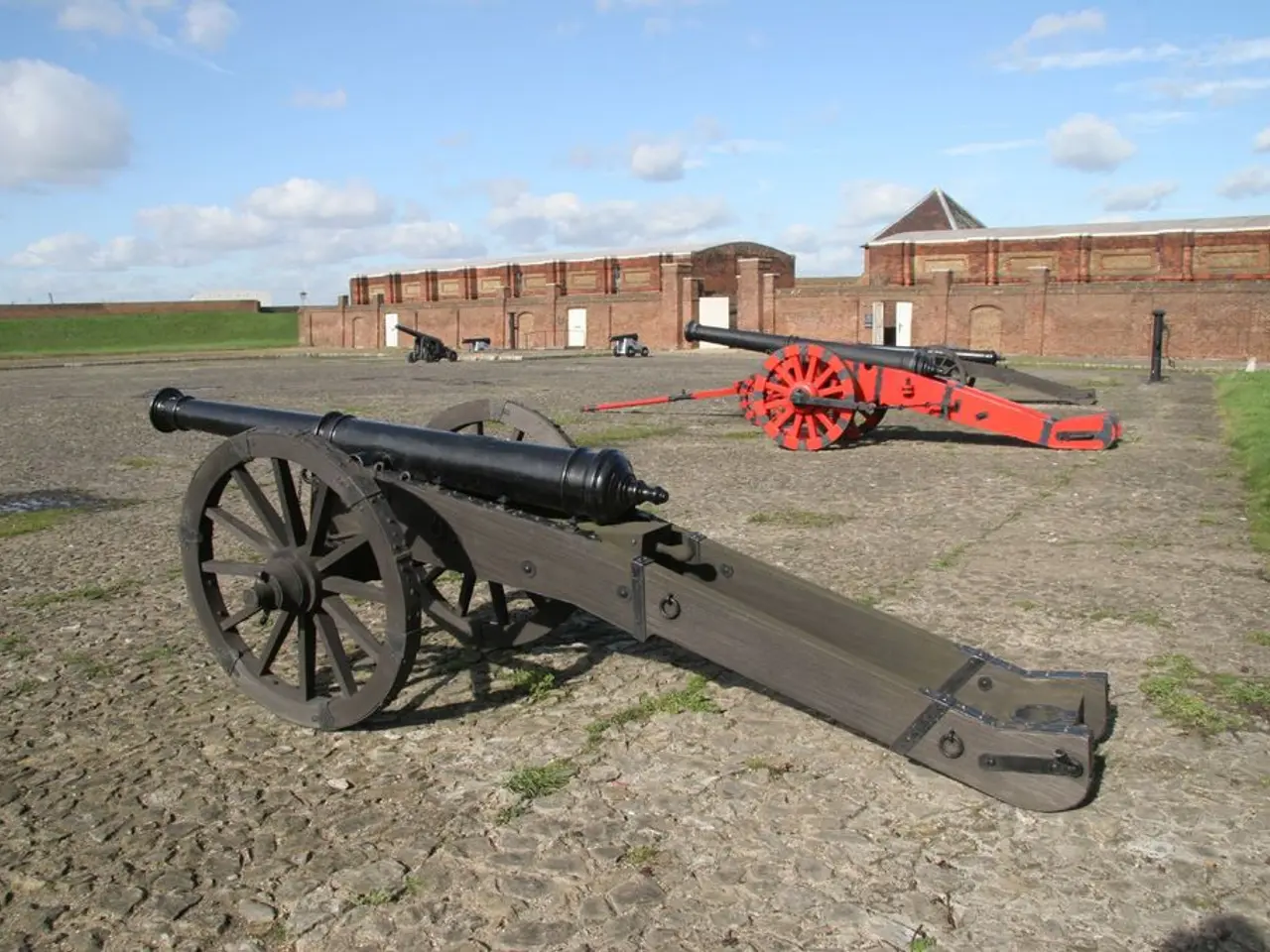Revisiting Past Peculiarities: Canadian Museum Strives to Decipher 1941's 'Vintage Time Tourist' Incident
In an unexpected turn of events, a seemingly ordinary photograph from the Canadian Heritage Information Network (CHIN) has found itself at the centre of a viral internet sensation – the 'Time Traveling Hipster'. The man in the photo, dressed in what appears to be a branded shirt, wearing goggles, and holding a small camera, has sparked a wave of intrigue and speculation across the web.
The origins of this digital phenomena can be traced back to 2010-2011, when the 'Time Traveling Hipster' meme emerged. This urban legend revolved around a series of images depicting a man dressed in modern hipster attire, seemingly appearing in historical photographs. The images, often digitally manipulated, created a humorous juxtaposition of modern fashion in historical contexts, leading to their popularity.
The 'Time Traveling Hipster' image, originally from a collection held by the Bralorne Museum of central British Columbia, was a black-and-white photograph taken in 1941. It shows a group of people attending the reopening of the South Forks Bridge in Gold Bridge, B.C., Canada. The man's mostly modern appearance led to intense discussion about whether he was a time traveler.
The image gained traction on Digg.com and was subsequently shared on smaller alternative websites, blogs, and media outlets. Its popularity culminated in a significant surge of traffic to the museum's website, following a post on Reddit. As the story grew, so did the debate, with certain outlets claiming ownership of the image, despite it not being theirs to begin with.
The Canadian Heritage Information Network (CHIN) was not immune to this digital whirlwind. They received an initial email in March 2010, inquiring about the image's authenticity and requesting a higher resolution copy. As the 'Time Traveling Hipster' meme spread, CHIN began watching how the story developed and changed over the following months.
The paper titled "The Mystery of the '1940s Time Traveller': The Changing Face of Online Brand Monitoring", written by CHIN, discusses the internal reaction to the meme's popularity and the effect it had on the Virtual Museum of Canada. The paper explores how the 'Time Traveling Hipster' had become its own brand and story, and how information and sources can get lost when stories like this spread far and wide.
The 'Time Traveling Hipster' meme can be seen as a commentary on cultural appropriation and the blending of historical eras. It highlighted how modern cultural elements can be both inappropriately superimposed onto past contexts and humorously incongruous when placed in historical settings. This phenomenon could have indirectly influenced how people perceive cultural heritage and artifacts, making them more aware of the temporal and cultural contexts of historical images.
However, the direct impact on CHIN and the Virtual Museum of Canada remains unclear. Without specific information, it is difficult to determine how the meme affected these institutions. However, memes and cultural phenomena like this can raise awareness about the importance of accurate historical representation and the potential for digital manipulation to alter historical narratives. This awareness could encourage institutions like CHIN and the Virtual Museum of Canada to emphasize authenticity and context in their digital exhibits and educational materials.
In conclusion, the 'Time Traveling Hipster' meme serves as a reminder of the power of the internet and the speed at which information can spread. While it may have started as a light-hearted joke, the meme's popularity and subsequent impact on the Virtual Museum of Canada highlight the importance of maintaining accuracy and authenticity in digital exhibits and educational materials.
The 'Time Traveling Hipster' meme, initially popular for its humorous juxtaposition of modern fashion in historical contexts, also sparked discussions about cultural appropriation in entertainment and lifestyle. This digital phenomenon, drawing attention to historical artifacts in a general-news context, could indirectly influence the public's understanding and appreciation of the temporal and cultural contexts of historical images. Additionally, the surge of traffic to the museum's website and the ensuing debate over the image's ownership highlight the importance of transparency and copyright issues in the sharing of entertainment and lifestyle content online.
